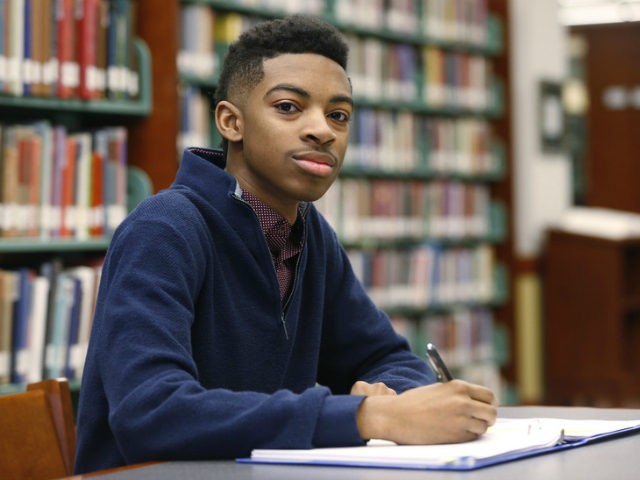New York City Schools Chancellor Richard Carranza is moving quickly to implement a diversity campaign in which 78 schools will be extending priority admission to black and Hispanic students, with more to follow.
Soon after taking his post, Carranza approved a plan in District 3 on the residential Upper West Side to reserve 25 percent of seats in 16 middle schools for low-income students who also perform poorly on tests and in the classroom.
The chancellor then ignited a firestorm when he posted parents’ reactions to his plan.
“WATCH: Wealthy white Manhattan parents angrily rant against plan to bring more black kids to their schools,” he tweeted:
The New York Post reported thatCarranza is now on the verge of approving “a far more ambitious plan that has divided parents in Brooklyn’s District 15, including affluent neighborhoods like Park Slope.”
The plan calls for the elimination of all academic-based admission criteria at 16 middle schools, with 52 percent of seats reserved for low-income, English-learning, and homeless students.
According to the Post, Carranza’s initiative “amounts to the biggest desegregation movement in Big Apple schools since the late-1950s Civil Rights era, when there was an abortive program to bus black kids from Bedford-Stuyvesant and East Harlem to white areas in Queens, a top scholar said.”
“I’m encouraged to see more school communities across the city working to reduce barriers and integrate schools,” Carranza told the Post. “As we move forward, we’ll need a combination of top-down and bottom-up approaches to increase access, and have more diverse schools that deliver equity and excellence for all students.”
A 2014 UCLA study found schools in New York City to be the most racially segregated – with the highest concentration of black and Latino students in schools with less than ten percent white enrollment. According to the Post, however, currently, the city’s public school students are “41 percent Hispanic, 26 percent black, 16 percent Asian, 15 percent white, and 2 percent ‘mixed.’”
Chalkbeat noted that, since taking his post, Carranza “has signaled that he believes the education department has a central role to play in desegregating schools.”
Former Chancellor Carmen Fariña favored an “organic” approach to diversity, led by school leaders and local communities, rather than department bureaucrats and their mandates.
In June 2017, when Carranza was serving as superintendent of Houston Independent School District (ISD), he drew the ire of a group of pastors when he raised the concept of adding LGBTQ studies to the district’s existing U.S. History curriculum.
“The LGBTQ movement in the U.S. has a history, and in many cases, many people would call it a civil rights history in terms of acceptance and in terms of who have been leaders of the movement,” said Carranza, who also served as superintendent of the San Francisco Unified School District from 2012 to 2016.

COMMENTS
Please let us know if you're having issues with commenting.